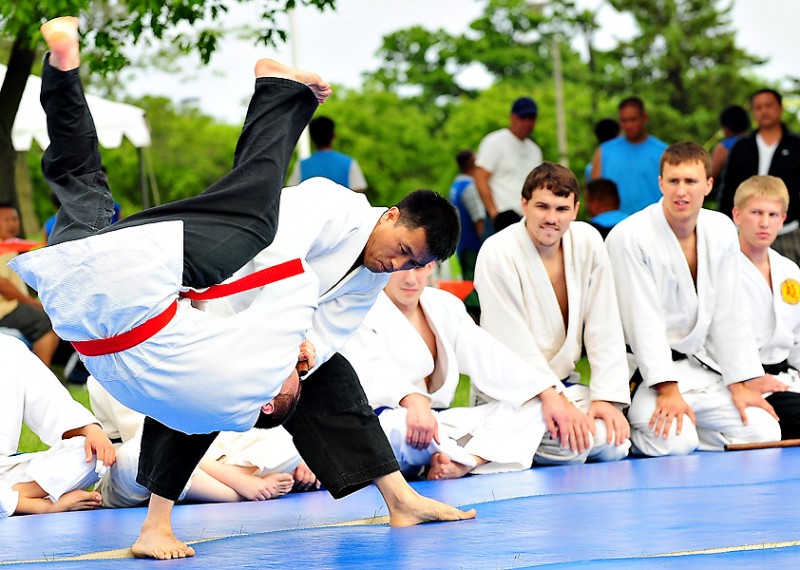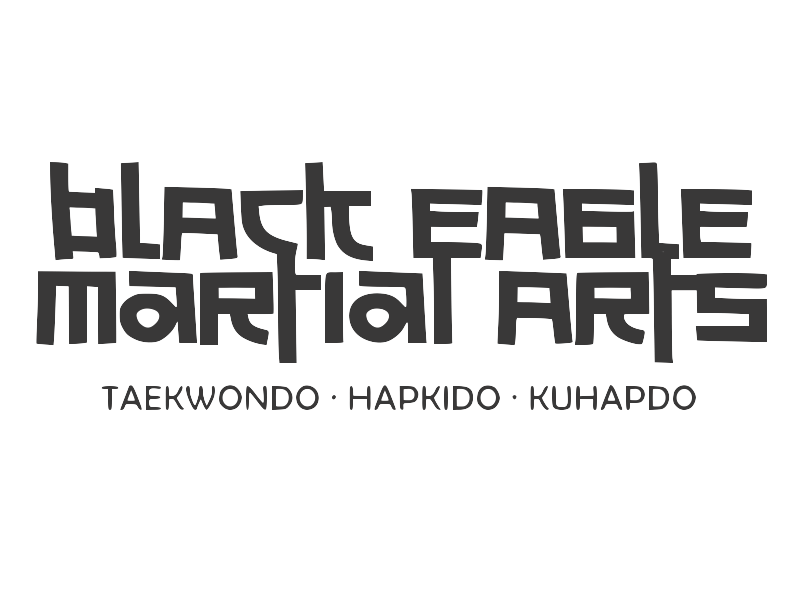합 (Hap) = Harmony
기 (Ki) = Power
도 (Do) = Way or Path
Hapkido is a Korean martial art practiced the world over. Characterized by joint locks, throws, and dynamic kicking techniques, it is unique among Korean martial arts (Taekwondo, Tang Soo Do) in its emphasis on deflecting an opponent’s attacks instead of forceful blocking.
Hapkido is the “anti-martial art”. It was designed as a way to defend against and overcome an attacker with skill in many forms of martial combat. With roots in Aiki-jujitsu, Hapkido adds striking and punching to joint-locks, throws, and grappling, making it one of the original mixed martial arts. However, unlike modern MMA training, Hapkido gives the student a solid base in different forms of defense, and roots the strategy of that defense in the principles of water, circle, and harmony. This gives the student a solid framework on which to develop their skill so that they are not caught off-guard when in real defense situations.
It is designed to allow a martial artist to rapidly subdue an opponent and render any attacker completely incapable of causing harm. Since Hapkido affords total control over a physical confrontation and emphasizes precision over brute strength, the hapkidoist can localize any damage dealt to an opponent and avoid creating unintended injury.
For this reason, it is very popular among private security and law enforcement agents throughout the world.
But, make no mistake. Hapkido also enables the practitioner to leverage extremely powerful and even deadly force if absolutely necessary, such as in a life-or-death confrontation. The art’s primary emphasis is on practical self-defense.

Frequently Asked Questions
Are there belts in Hapkido? Yes, and the belt colors can vary from school to school. From lowest to highest, our belts are white, yellow, green, blue, brown, red, and black belt.
How long does it take to earn a black belt in Hapkido? Usually around three years of training at least three times per week, but the actual amount of time it takes can vary and is dependent on the skill and dedication of the individual student. Be mindful that, while a black belt is certainly a big milestone, it is not an end result!
Are there forms in Hapkido? Technically, no. All physical confrontations are unique, and the Hapkidoist must move and react uniquely to each one. It is widely held that forms perpetuate the incorrect belief that one specific movement follows another. Some teachers, however, have added forms to their specific curriculum over the years.
What happens in a given Hapkido class? Class typically begins with Ki (“energy”) development exercises and deep breathing, warmup and stretching, and meditation. Then students practice kicks and strikes before pairing off to study self-defense techniques. Class ends with meditation, often accompanied by Ki breathing.
What’s the difference between Hapkido and Aikido? The founders of both Hapkido and Aikido studied Daito-Ryo Aikijiujutsu from the same master in Japan, and therefore the martial styles have very much in common. There is one major difference, however. Traditionally, Aikido is almost purely a defensive art, whereas Hapkido teaches offensive techniques as well.
